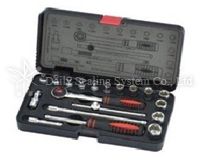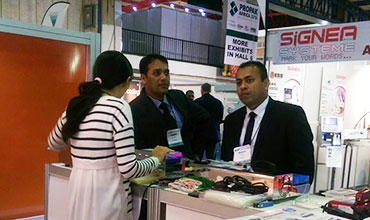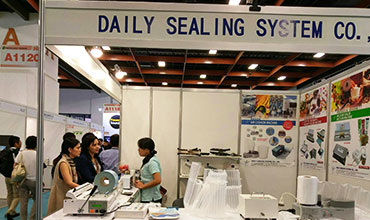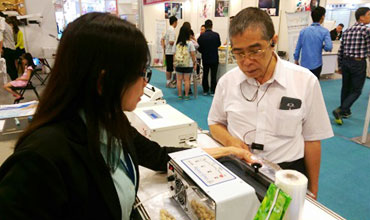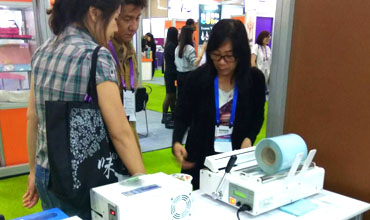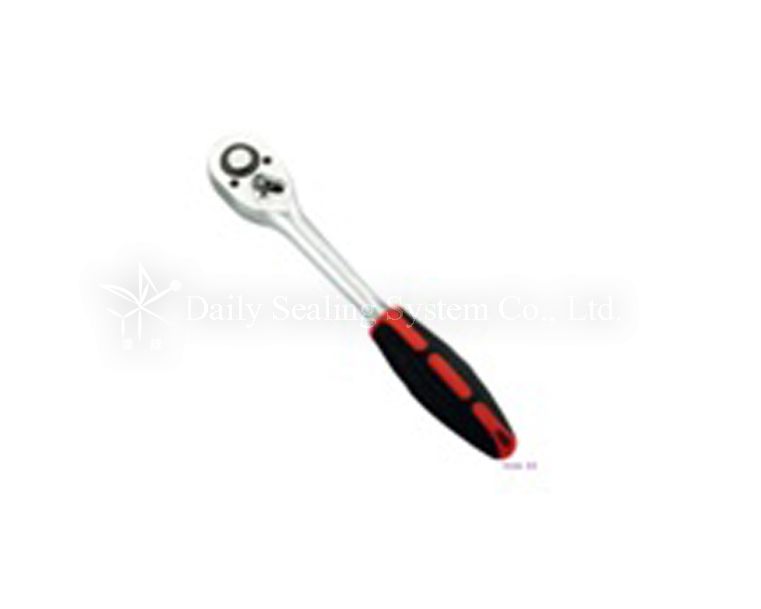
- Detail
CHRME VANAIUM
| Material: | STAIN POLISH |
| Contents: | 1/2"DR Profession Ratchet Handle 24T & 45T |
| 3/8"DR Profession Ratchet Handle 24T & 45T | |
| 1/4"DR Profession Ratchet Handle 24T & 45T |
Specification
You May Also Like
Why Choosing Dailysealing
Parts and material quality control
- Heating elements are from Japan.
- Motor, Transformers, PCB and vacuum bags are made in Taiwan.
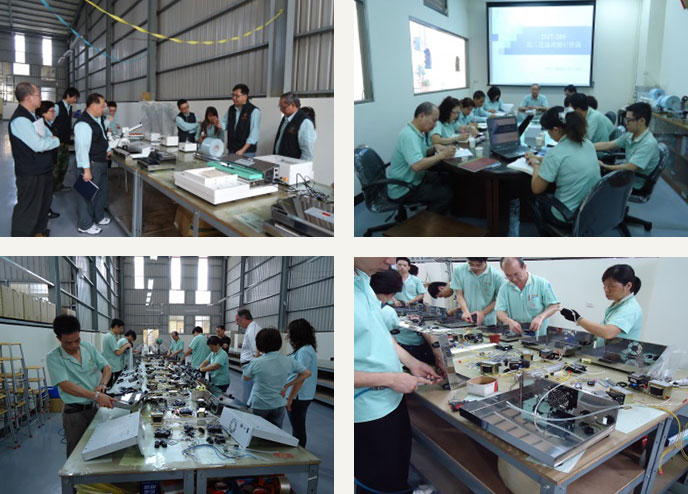
Strict quality control
- 100% product inspection: The inspection is included functions and appearance of sealing machines.
- Tensile strength test to ensure the sealing line tensile strength value reaches the customer standard.
- Electric leakage test: Puncture and insulation test.
- Our production and inspection are all based on ISO 9001.
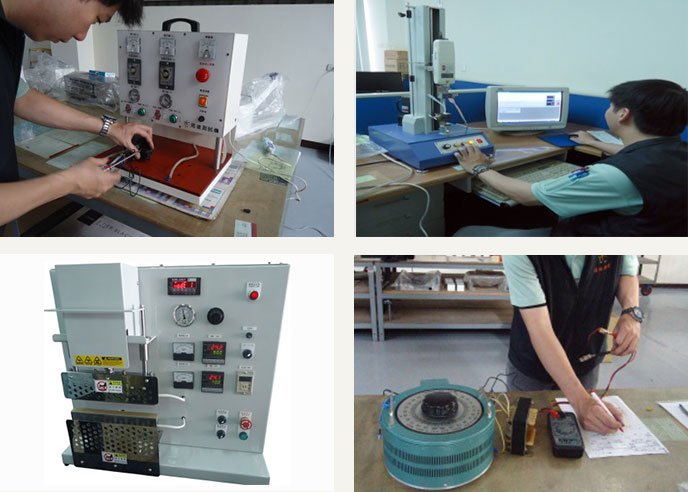
Professional packaging and sealing machine factory
- Produce many kinds sealing machines and ODM/OEM products and provide custom-made services.
- More than 30 year experiences in packaging machines industry.
- Sell sealing machines to America, Europe, Latin America and Asia.
- 85% products in stocks, so we can deliver the products quickly.
- The production process is based on SOP to ensure the quality of sealing machines consistently.
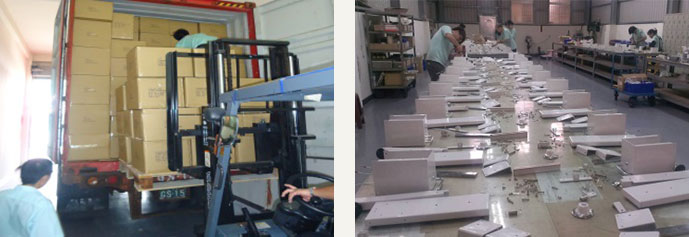
Complete range of specifications of sealing machines
- Complete range of specifications of sealing machines.
- Many kinds of sealing machines and consumptive materials in stocks, so customers can do one-stop shopping here.
- The customers include Biotechnology companies, Medical equipment companies, Food industry, Electronics industry, Handmade soap industry and other industry..
Custom-made sealing machine service
- Custom-made sealing machine service
- Designs of the special sealing machine for irregular shape sealing line, such as U-shape sealing line and L-shape sealing line.
- Different width of sealing line could be custom-made to meet customer requirements.
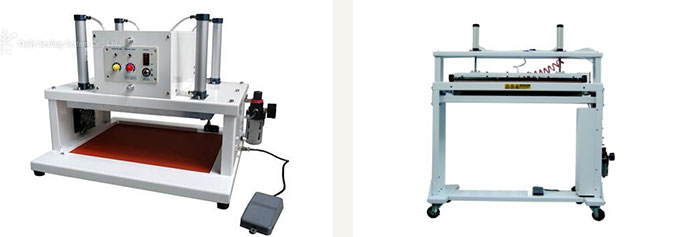
After-sales service of professional sealing machine
- Provide the professional service for repair the broken sealing machine immediately.
- The sufficient supply of parts stock, so don’t worry about the parts replace.
- Some parts of sealing machine are used in common specifications, so it is easy to get the parts for replace.
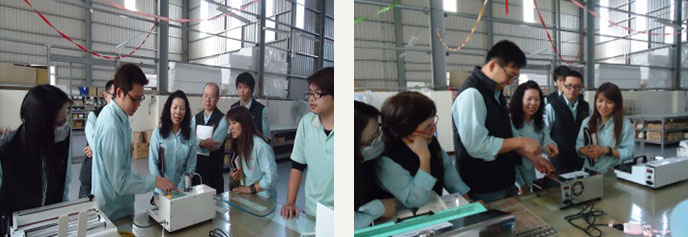
Exhibitions and trade shows
News
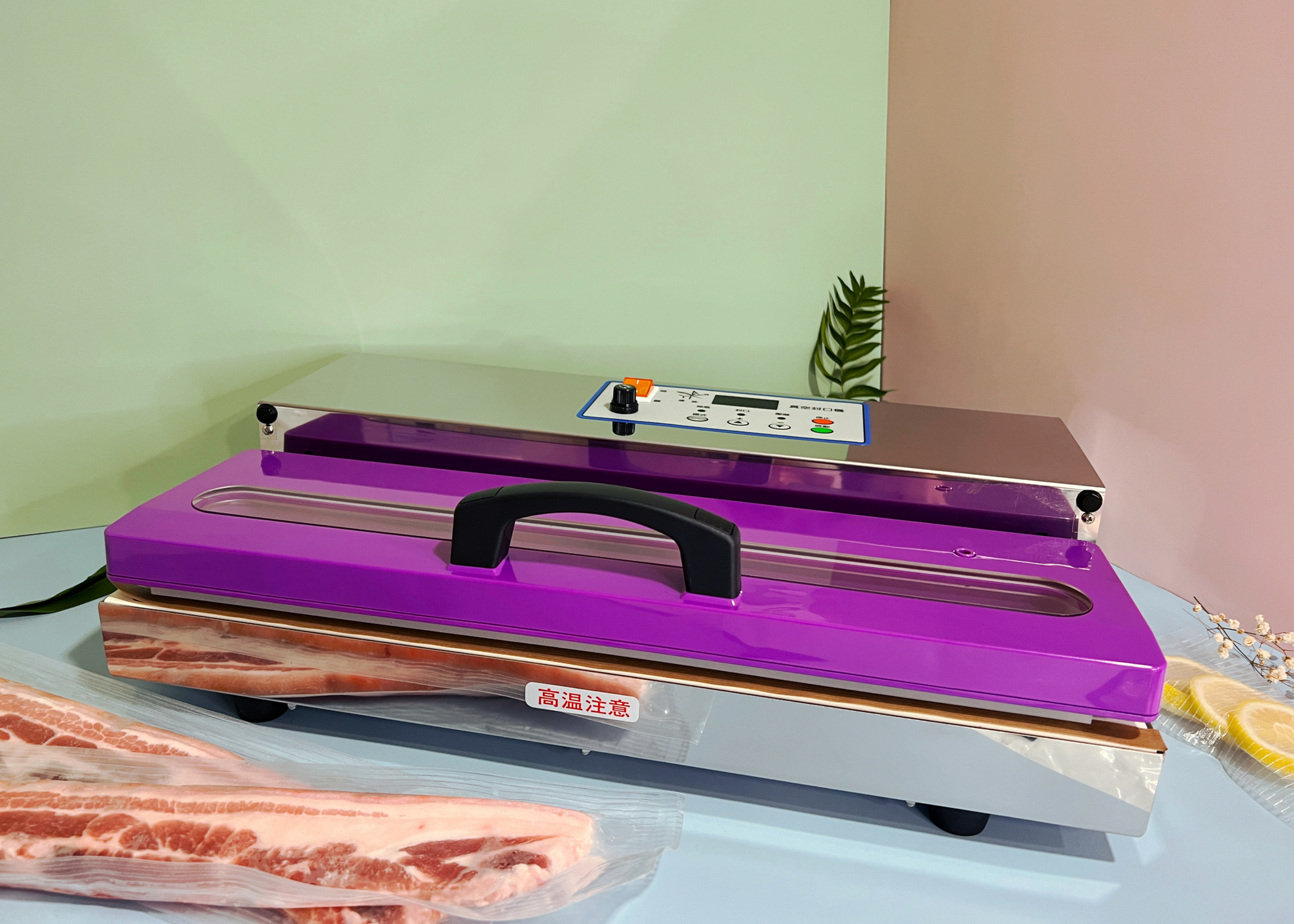
2024/5/15
How to Use a Vacuum Sealer?
A vacuum sealer is a device widely used in food preservation, electronic product packaging, and other scenarios requiring the removal of air from the packaging. It effectively extends the shelf life of food, reduces microbial growth in the air, and maintains
product freshness. Below, we'll explain step-by-step how to use a vacuum sealer, helping you master this skill with ease. How to Use a Vacuum Sealer 1: Preparation First, ensure your vacuum sealer is properly installed and connected to a power source. Choose
a vacuum sealing bag that fits the item you need to package. Different items may require bags of different sizes or materials. How to Use a Vacuum Sealer 2: Place the Item Place the item you want to seal evenly inside the vacuum bag. Make sure not to exceed
the bag's maximum capacity and leave enough space at the opening of the bag so the vacuum sealer machine can seal it effectively. How to Use a Vacuum Sealer 3: Vacuum and Seal Open the lid of the vacuum sealer and place the opening part of the vacuum bag
smoothly on the machine's sealing area. Depending on the model, you may need to manually or automatically close the lid. Select the vacuum and sealing settings suitable for your item (if the machine offers multiple settings), then start the vacuum machine.
The vacuum machine will automatically remove the air from the bag and seal it. How to Use a Vacuum Sealer 4: Finishing Once the sealing is complete, the vacuum machine will signal or automatically open the lid. At this point, you can remove the now-sealed
bag. Your item is now successfully packaged using a vacuum sealer and ready for storage or transport. How to Use a Vacuum Sealer Tips - Before using the vacuum sealer, check if the bag is damaged or has holes to ensure effective sealing. - For foods with
high moisture content, consider pre-freezing them to prevent moisture from being drawn out during the vacuum process, which could affect the sealing quality. - Regularly clean and inspect your vacuum sealer to ensure its long-term effective operation. How
to Use a Vacuum Sealer?
MORE
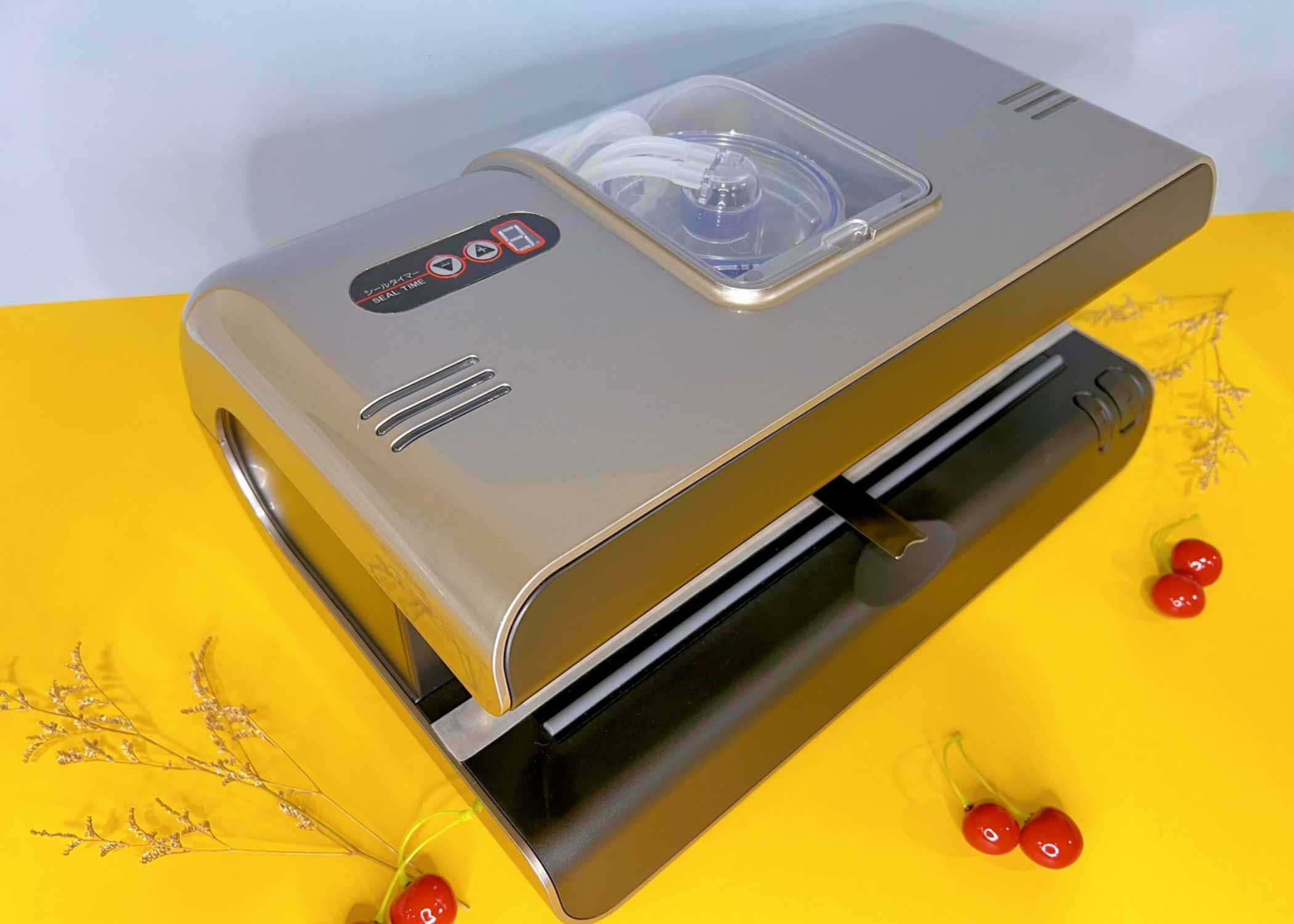
2024/12/24
Vacuum Sealer Cleaning and Maintenance: A One-Stop Guide
Vacuum Sealer Cleaning and Maintenance: A One-Stop Guide Vacuum sealers are indispensable equipment in the food packaging industry, helping to maintain the freshness of food or other products and extending the shelf life of products. To ensure that vacuum
sealers operate over the long term and maintain optimal performance, regular cleaning and maintenance of the vacuum sealer is essential. Below is a series of professional steps for cleaning and maintaining vacuum sealers to help you achieve this goal. Vacuum
Sealer Cleaning Steps: 1. Daily Cleaning: After using the vacuum sealer, immediately wipe the exterior of the vacuum sealer as well as the sealing chamber and seal groove with warm water and a neutral detergent. Avoid using strong acids, strong alkalis,
or abrasive detergents that could damage the surface. 2. Inspection and Replacement of the Vacuum Sealer's Heating element: Regularly check the vacuum sealer's Heating element for damage or wear and replace it in a timely manner to maintain excellent sealing
results. 3. Lubrication of Vacuum Sealer Mechanism Parts: According to the operation manual, regularly check and apply a special lubricant to the mechanical parts of the vacuum sealer, such as conveyor belts and bearings. 4. Vacuum Pump Maintenance: For
vacuum sealer models equipped with a vacuum pump, it's necessary to regularly clean the vacuum pump filter and replace the filter element to ensure the normal operation of the vacuum pump. 5. Electrical System Inspection: Regularly check the electrical system,
including wires, plugs, and switches, to ensure they are safe and reliable. Vacuum Sealer Maintenance Suggestions: 1. Ensure Good Ventilation: When using the vacuum sealer, ensure the surrounding area is well-ventilated to prevent dust and other foreign
objects from entering the inside of the machine. 2. Inspection and Replacement of Vacuum Oil: For oil-type chamber vacuum sealers, regularly check the amount and clarity of the vacuum oil and add or replace the vacuum oil as necessary to maintain a good
vacuum. 3. Cleaning of the Sealing Area: After using the vacuum sealer, clean the sealing area to keep it free of dirt and grime, ensuring the sealing effect. 4. Selection of Appropriate Packaging Materials: Choose suitable packaging materials, especially
when vacuum sealing liquids, to prevent the liquid from being sucked into the pump. 5. Timely Replacement of Vacuum Sealer Consumables: If any worn or damaged parts are discovered, they should be replaced promptly to avoid affecting the performance of the
vacuum sealer. By following the above methods for cleaning and maintaining your vacuum sealer, you can not only ensure stable performance and efficient sealing results but also extend the lifespan of your vacuum sealer to the greatest extent. Regular maintenance
not only helps improve work efficiency but also ensures the safety of the vacuum sealing process and the hygiene quality of the food. Vacuum Sealer Cleaning and Maintenance
MORE
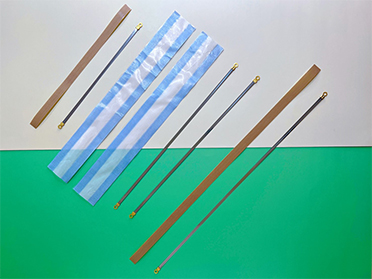
2024/11/5
What is Impulse Sealer Heating Element?
What is Impulse Sealer Heating Element? A Heating Element is a key component in impulse sealers, which are devices used to seal plastic bags and other thermoplastic materials. Here are the main points about this element: Function: The heating element
generates heat when an electrical current passes through it, which melts the thermoplastic material to create a seal. Material: The heating elements are typically made from a nichrome wire (an alloy of nickel and chromium) because of its high resistance
to electricity and ability to withstand high temperatures without breaking down. Operation: In impulse sealers, the heat is only generated when the sealer is in operation (i.e., when the handle is pressed down), which means the wire is only heated for short
periods. This helps prevent the wire from overheating and extends its lifespan. Replacement: Over time, the heating element can wear out due to repeated heating and cooling cycles. It may need to be replaced to maintain the sealer's effectiveness. Installation:
Replacing the heating element typically involves removing the old one, cleaning the sealing bar, and then carefully installing the new one to ensure it is taut and properly positioned. This component is crucial for the proper functioning of impulse sealers,
widely used in packaging industries to ensure seals.
MORE
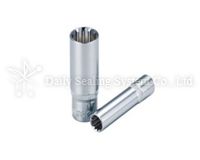
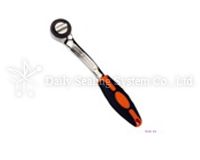
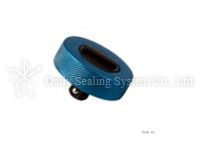
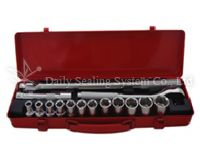

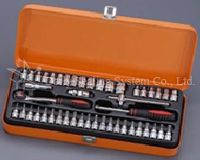
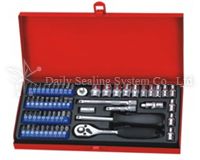
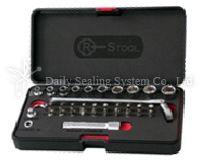
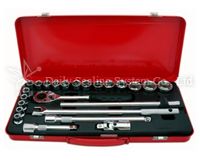
_1.jpg)
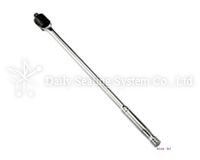
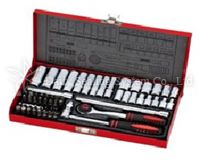
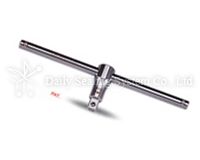
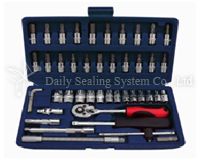
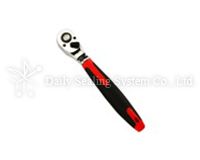
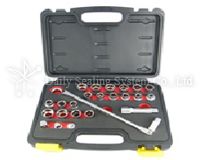
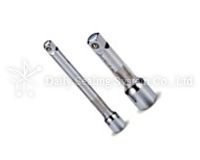
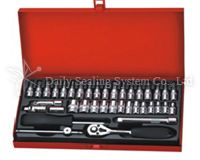

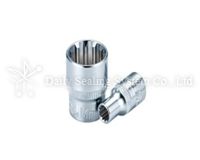
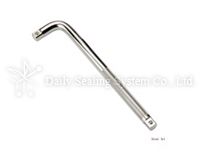
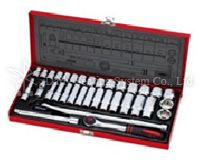
_1.jpg)
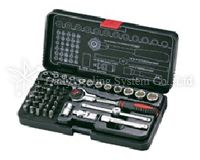
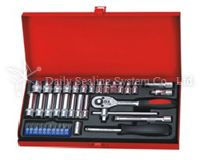

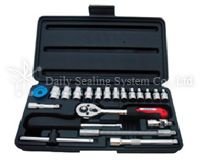
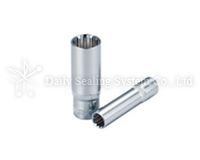
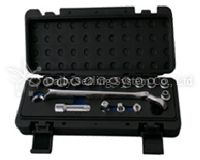

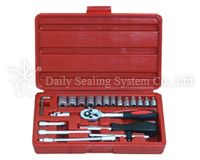
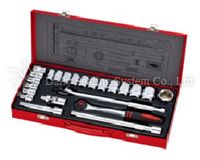
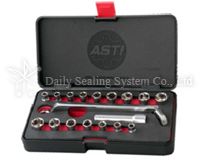
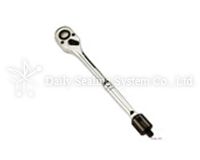

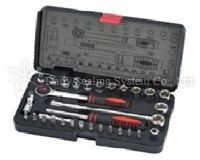
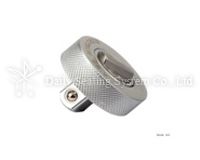
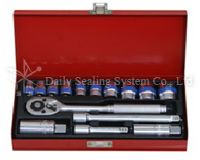
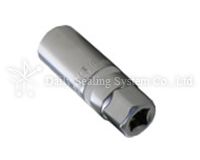
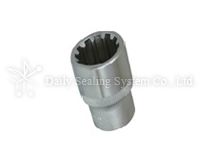
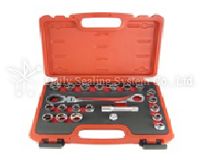
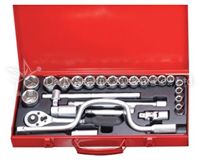
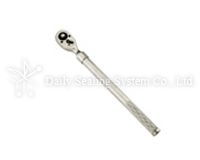
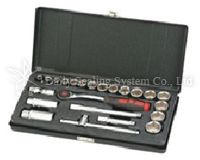
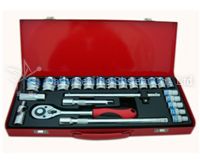
_1.jpg)
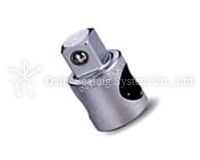
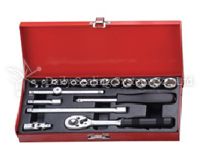
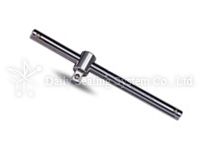
.jpg)

